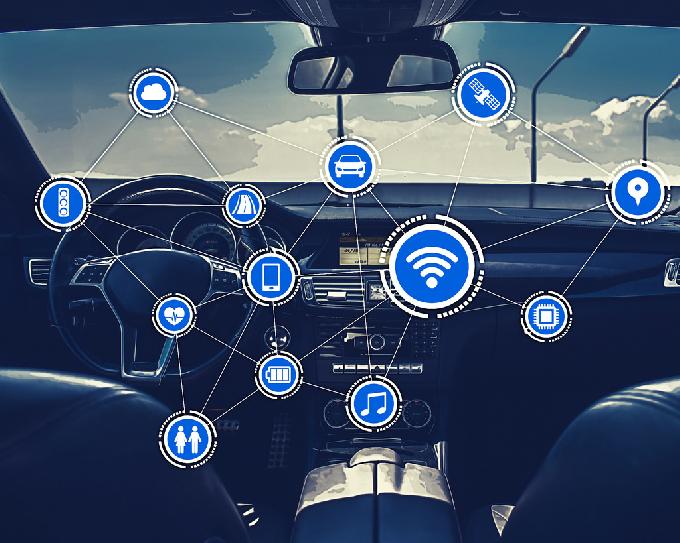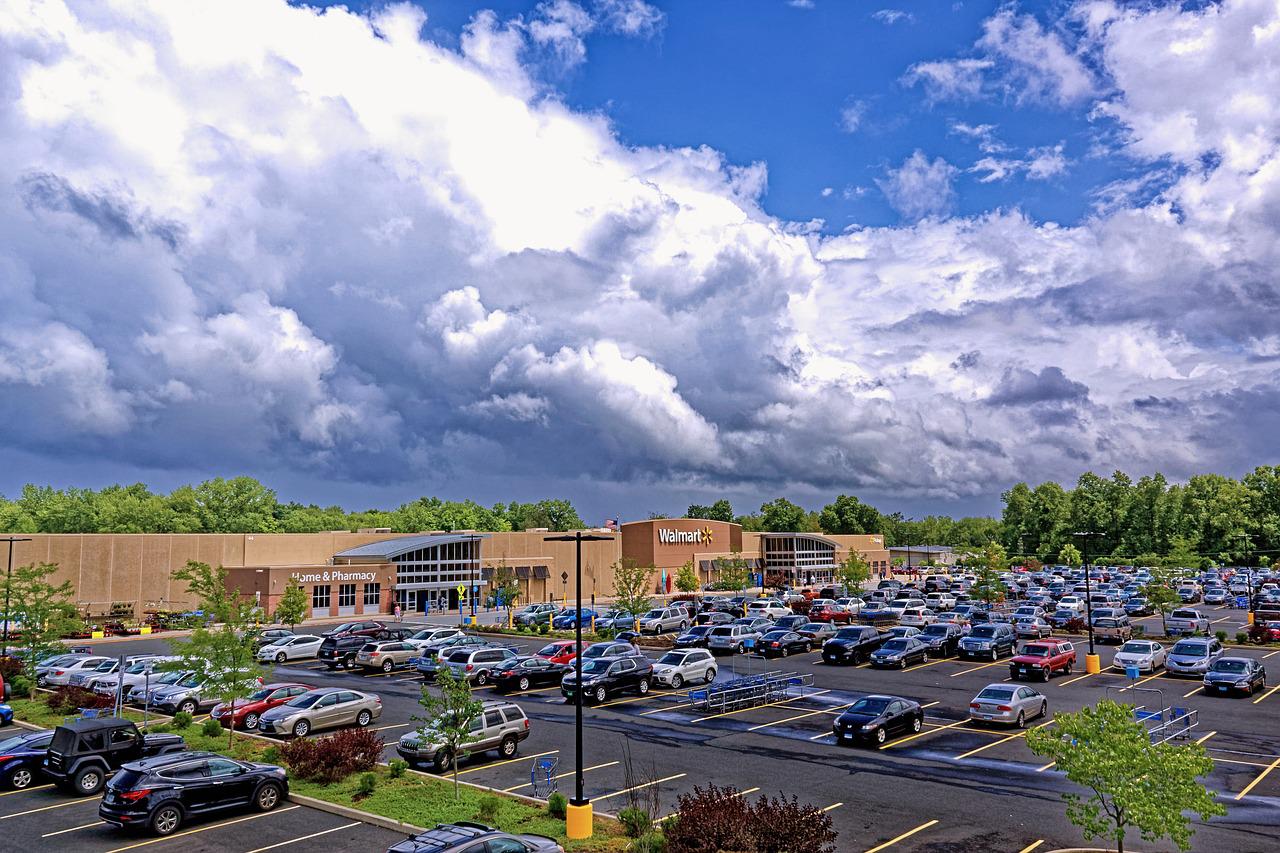The driverless car was the brainchild of the Director of the Stanford Artificial Intelligence Laboratory and co-inventor of Google Street View, Sebastian Thrun. Thrun was deeply affected by the death of a childhood friend in an auto accident when they were teenagers and vowed to someday find a way to save 1 million people from senseless auto accidents.
Thrun’s team entered a vehicle in the 2005 DARPA (Defense Advanced Research Projects Agency) Grand Challenge and won the $2 million prize from the US Defense Department. The team that developed the system included 15 engineers from Google.
In 2011, Nevada became the first state permitting the operation of driverless cars after Google lobbied for the right to be issued the first license for a driverless vehicle. The team took a fleet of 10 vehicles and began testing. Since that time tests have been conducted in California and Nevada and cars have logged more than 300,000 miles from crooked Lombard Street in San Francisco to stunt driving academies.
The system installed in each car drives at speed limits stored on its maps and maintains a safe distance from other vehicles by employing an array of sensors. A safety system allows a driver to take over the car the same way cruise control does: a driver can step on the break or turn the wheel. In all this driving time there have been two accidents. The first occurred when a driver had taken over manual control of the car, making human error the cause. The second was when a car back ended a Google car that had stopped at a stop light.
Google is positioning itself to be a supplier of its driverless technology through licensing to the automobile industry which is beginning to jostle for position in the emerging driverless car market. Currently about 25% of the driving population is interested in a driverless car if and when the technology is deemed safe enough. In the future, you might be able to sleep, work or play while a “robot” takes responsibility for a five hour car ride. For some, that time can’t come soon enough!







